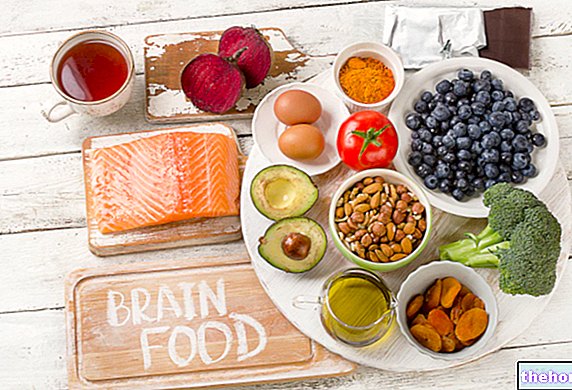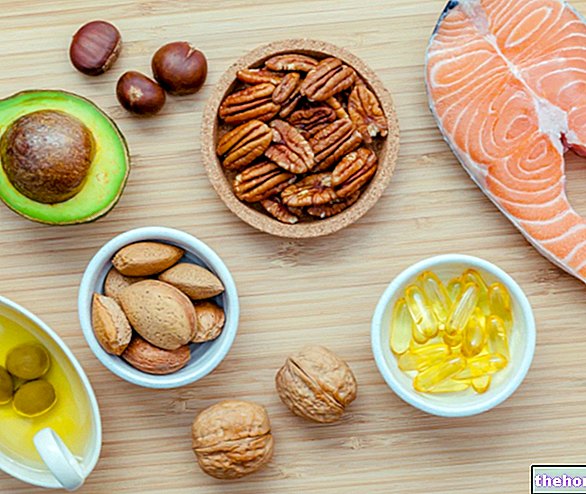What is Dioxin?
Dioxin is a substance notorious for its extreme toxicity and persistent, capillary and ubiquitous distribution in the environment.
In its molecular formula we recognize two benzene rings joined by as many oxygen atoms and conjugated in various positions with chlorine molecules. Dioxin is part of a broader family of chemical compounds closely linked by characteristics and toxicity - dioxins and furans - which, while causing similar harmful effects, have a different degree of toxicity.

Acute and chronic poisoning
In common parlance, when we speak simply of dioxin we generally refer to TCDD (2,3,7,8 tetrachloro-dibenzo-dioxin), the most toxic of all substances belonging to the homonymous category and also known as dioxin of Seveso (in reference to the disaster that took place in the city of the same name in 1976). In July of that "year, following an accident that occurred in a plant dedicated to the production of herbicides, huge quantities of dioxin were released, with very serious repercussions on the health of the inhabitants of the neighboring areas. Dioxin is in fact carcinogenic and as such, in concentrations opportune, can cause various cancers - in particular lymphomas, liver and breast cancer - thyroid disease, endometriosis, diabetes and damage to the immune, haematopoietic and reproductive systems.
Another typical manifestation of acute dioxin intoxication is chloracne, similar to juvenile acne, which occurs in any part of the body and at any age following massive exposure to the toxic.
The danger of dioxin has been confirmed not only by medical-scientific investigations but also by "direct observation of the repercussions on the health of the inhabitants of Seveso and of the Vietnamese villages affected by" Agent Orange, an extremely powerful defoliant containing dioxin and used by the Americans in the conflict. of 1964-1975.
Bioaccumulation
The danger of dioxin is increased by the long persistence in ecosystems; transported by atmospheric currents, by virtue of its volatility, it falls into areas that are also very distant from that of origin, contaminating the water and the soil, and then passing into animal feed and from here to man.
In the organism, being fat-soluble, dioxin concentrates and accumulates in the adipose tissue; for the "man" the half-life varies from 7 to 11 years (this period of time is necessary to "dispose of" 50% of the accumulated dose).
The phenomena of bioaccumulation, contamination on a global scale and elimination through breast milk also suggest a possible and worrying possibility of trans-generational damage; the danger, therefore, could be concrete even at much lower doses than those considered carcinogenic or otherwise dangerous to health.
In any case, this is a danger that is probably not so serious in the short term (certainly lower than the alarms raised periodically by the media), but which we absolutely must not neglect to protect our future and that of our children.
Production and Pollution
Dioxin and analogues are of no practical use; as such they are not intentionally produced, but are formed during a series of chemical reactions. For example, they are produced as unwanted impurities during industrial combustion processes in a chlorinated environment, such as foundries, paper pulp bleaching, waste oil combustion, domestic heating and road traffic.
Among the most important producers of dioxins are waste incinerators, especially when they burn plastic residues such as PVC and other chlorinated compounds. Much depends, however, on the technologies adopted and in recent years the release of dioxins from incinerators has been considerably reduced, at least in the countries that have adopted adequate measures in this regard.
Despite this, the problem periodically returns to alarm consumers and the staff responsible for the control of foodstuffs, due to the media scoop and the rigorous measures adopted in this area by the "European Union, which has set the maximum permitted levels of dioxins both in the" human and animal nutrition.
The food products most exposed to the dioxin risk are the fatty parts (in particular butter and fatty fish, such as blue fish and salmon), milk and its derivatives; an important role is played by the positioning of the animal in the food chain and by the degree of contamination of the areas designated for its breeding.




























